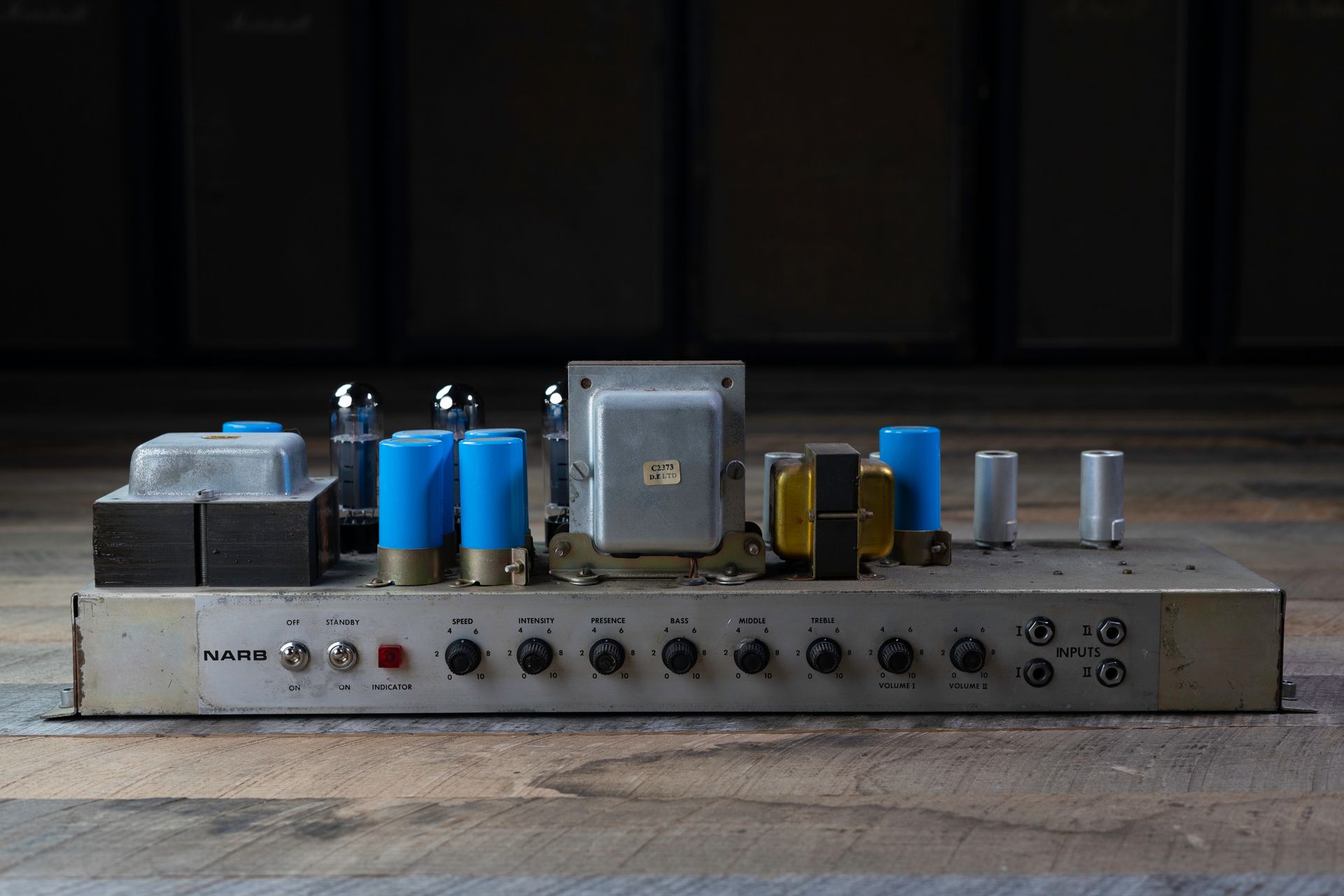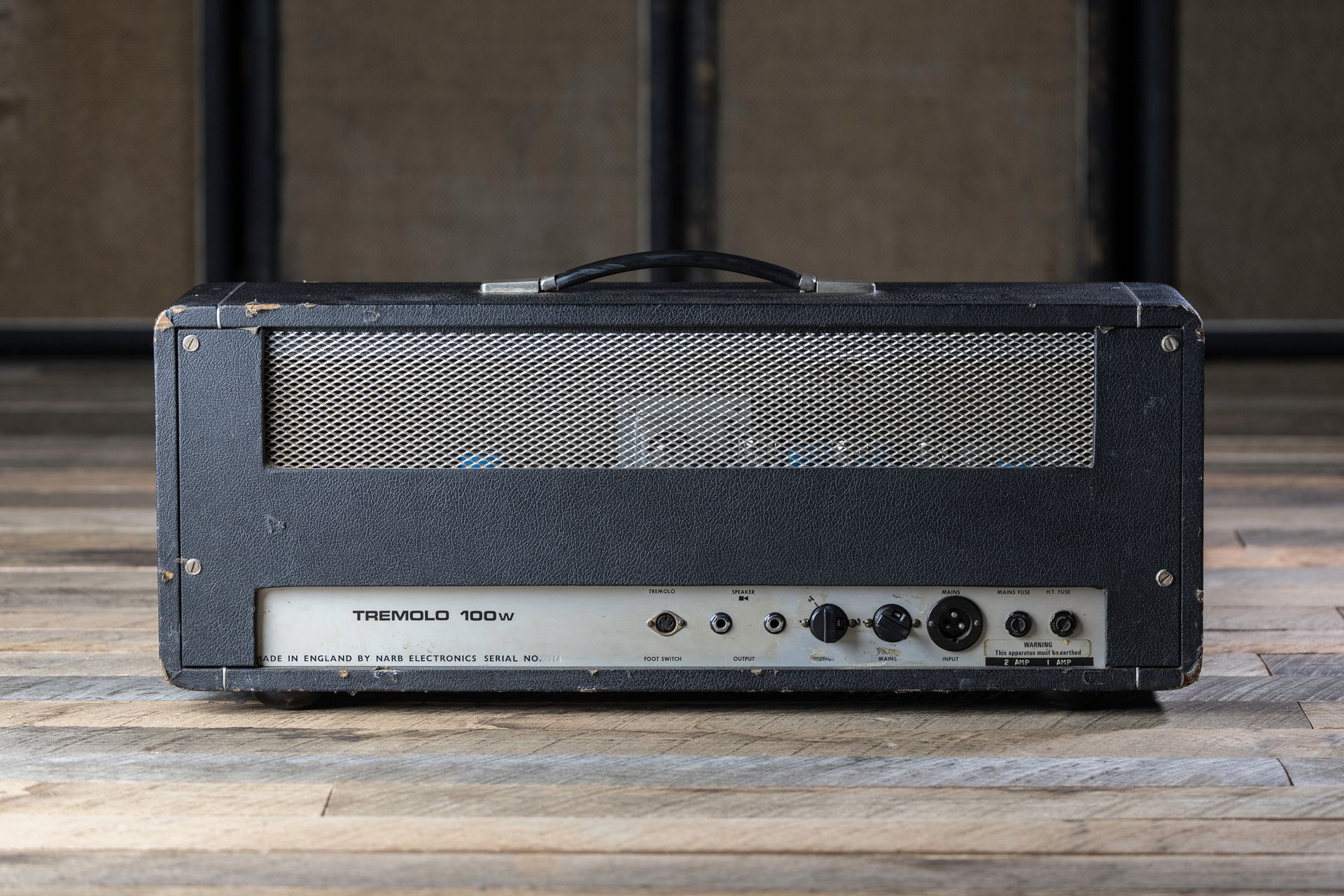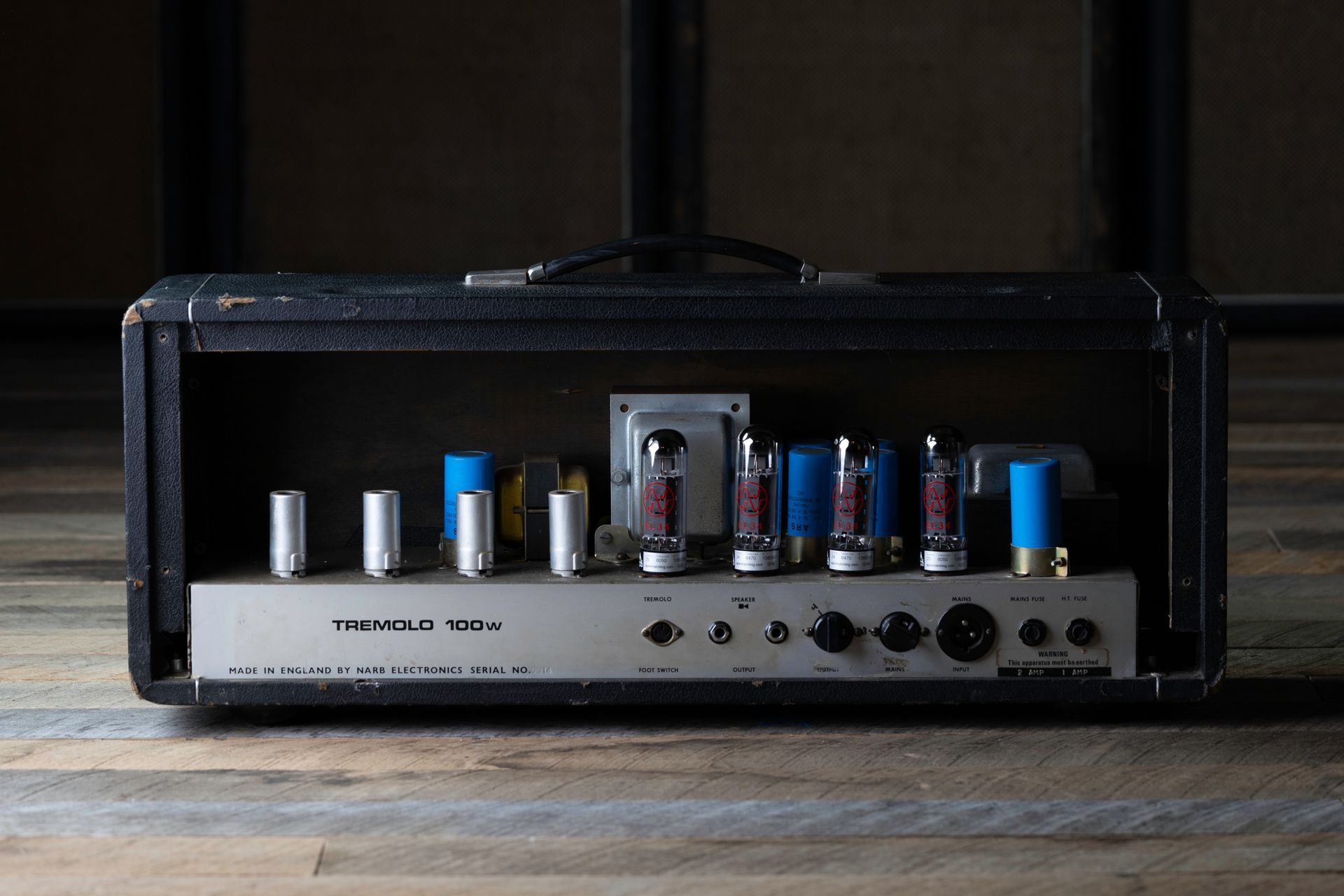NARB Amps: Marshall’s Secret Side Hustle
In the annals of British amplification, few tales are as intriguing as that of the NARB amp—a rare, short-lived offshoot of Marshall that has become a rare beast among collectors and players.
The Birth of NARB: A Pub Bet Turned Reality
The story of NARB begins not in a boardroom, but in a British pub. As recounted by amp historian Mitch Colby, Jim Marshall and his right-hand man, Ken Bran, were enjoying a few pints when a debate sparked: Bran believed that the success of their amplifiers was due more to their sound than the Marshall name. Marshall disagreed. To settle the matter, Bran wagered that an amp identical in design but bearing a different name would sell just as well.
Taking up the challenge, they produced a limited run of amplifiers under the name "NARB"—Bran spelled backward. These amps were essentially Marshall JMP 1959T Super Tremolos, complete with four EL34 output tubes and a fourth ECC83 preamp tube to enable the tremolo effect.


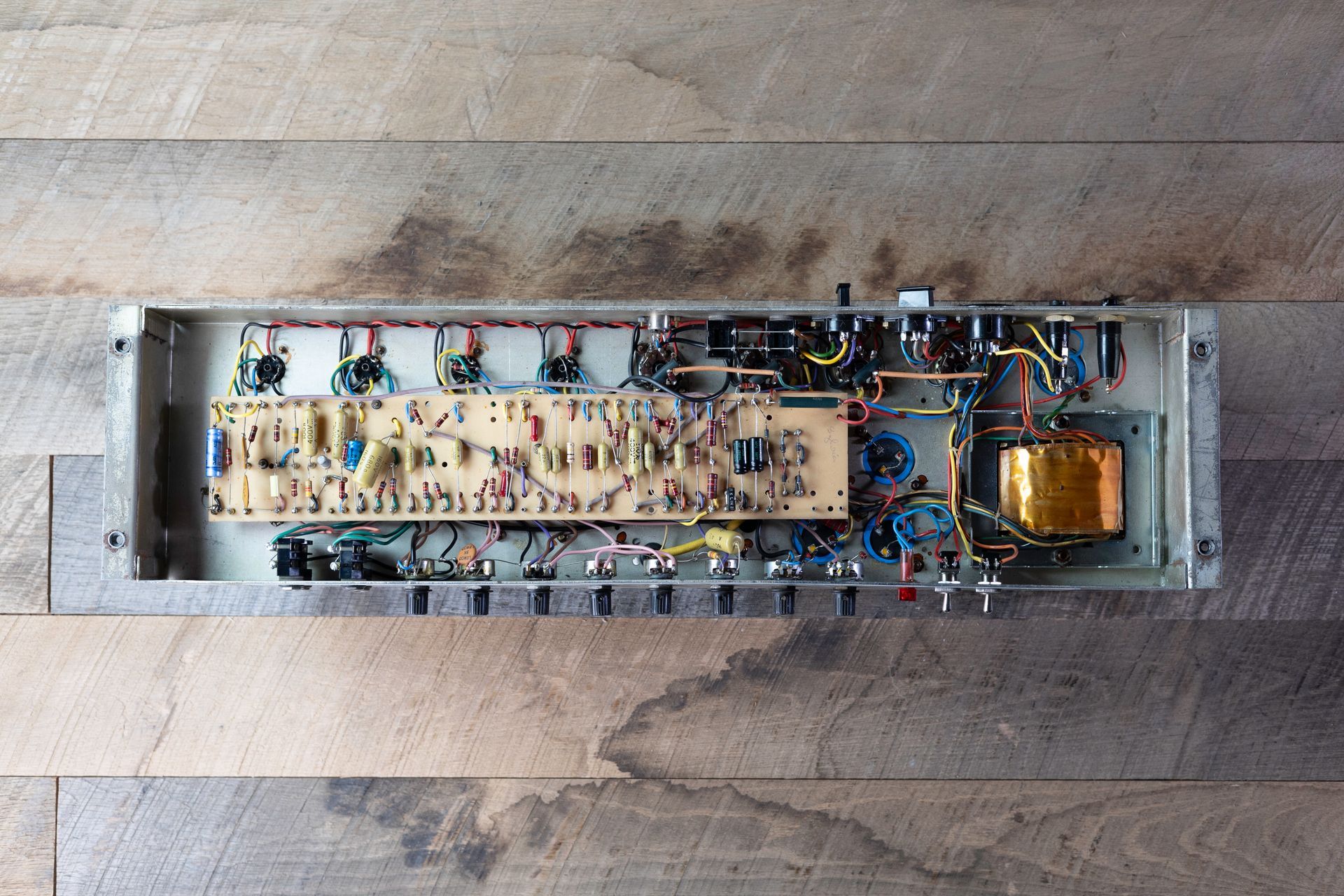
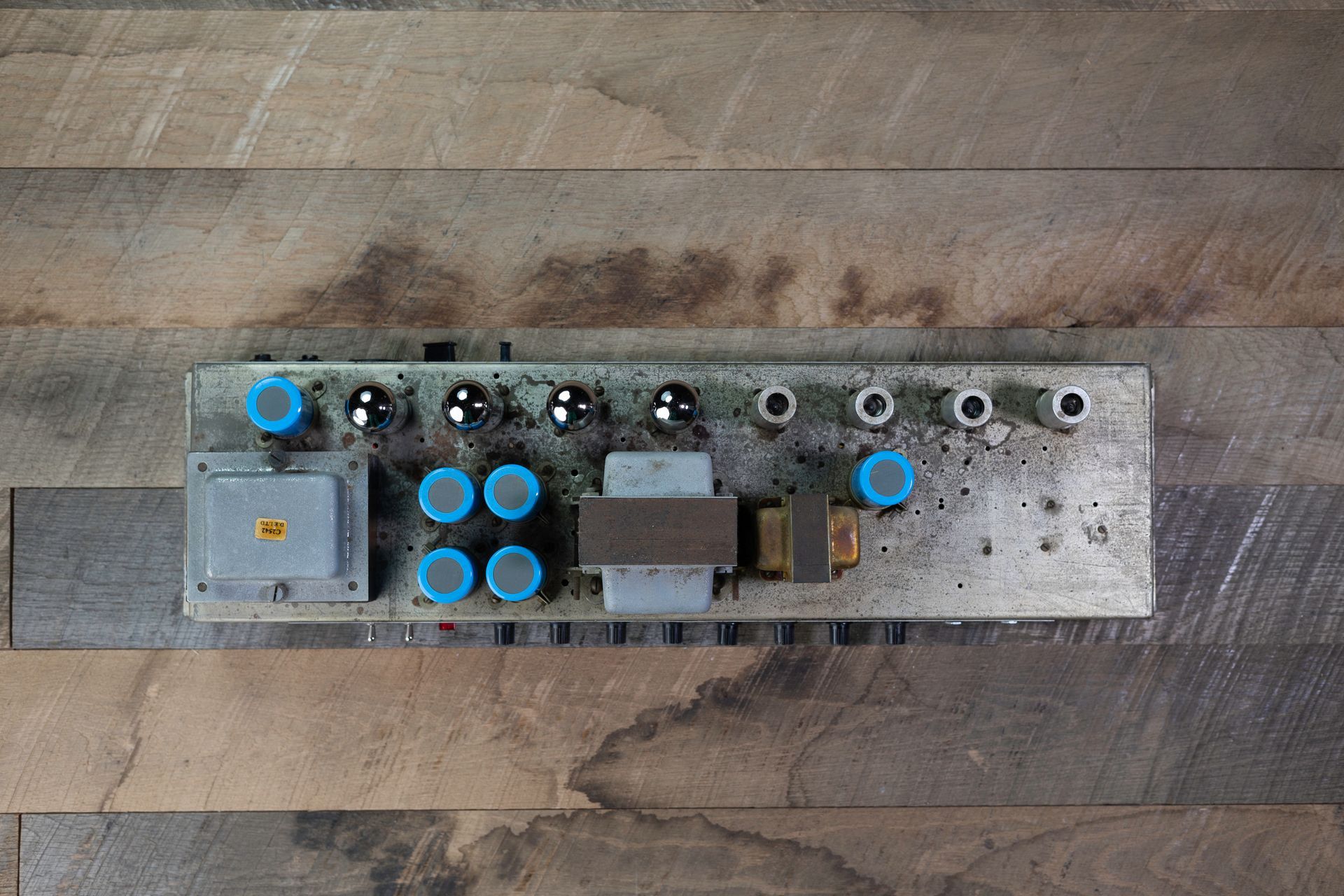
Design and Tone: Familiar Yet Distinct
While NARB amps shared the same circuitry as their Marshall counterparts, they featured distinct cosmetic differences: a simple silver metal control panel with black screened legends replaced the traditional brushed-gold aluminum, and the iconic white "Marshall" script was substituted with a block-lettered "NARB" logo.
Despite these changes, the tone remained unmistakably Marshall. Collectors like Tucker Beirne describe the NARB's sound as loud, with a booming bottom-end and tight, crisp high-end. The amp is highly responsive, offering dynamic playability that makes it a joy to use.
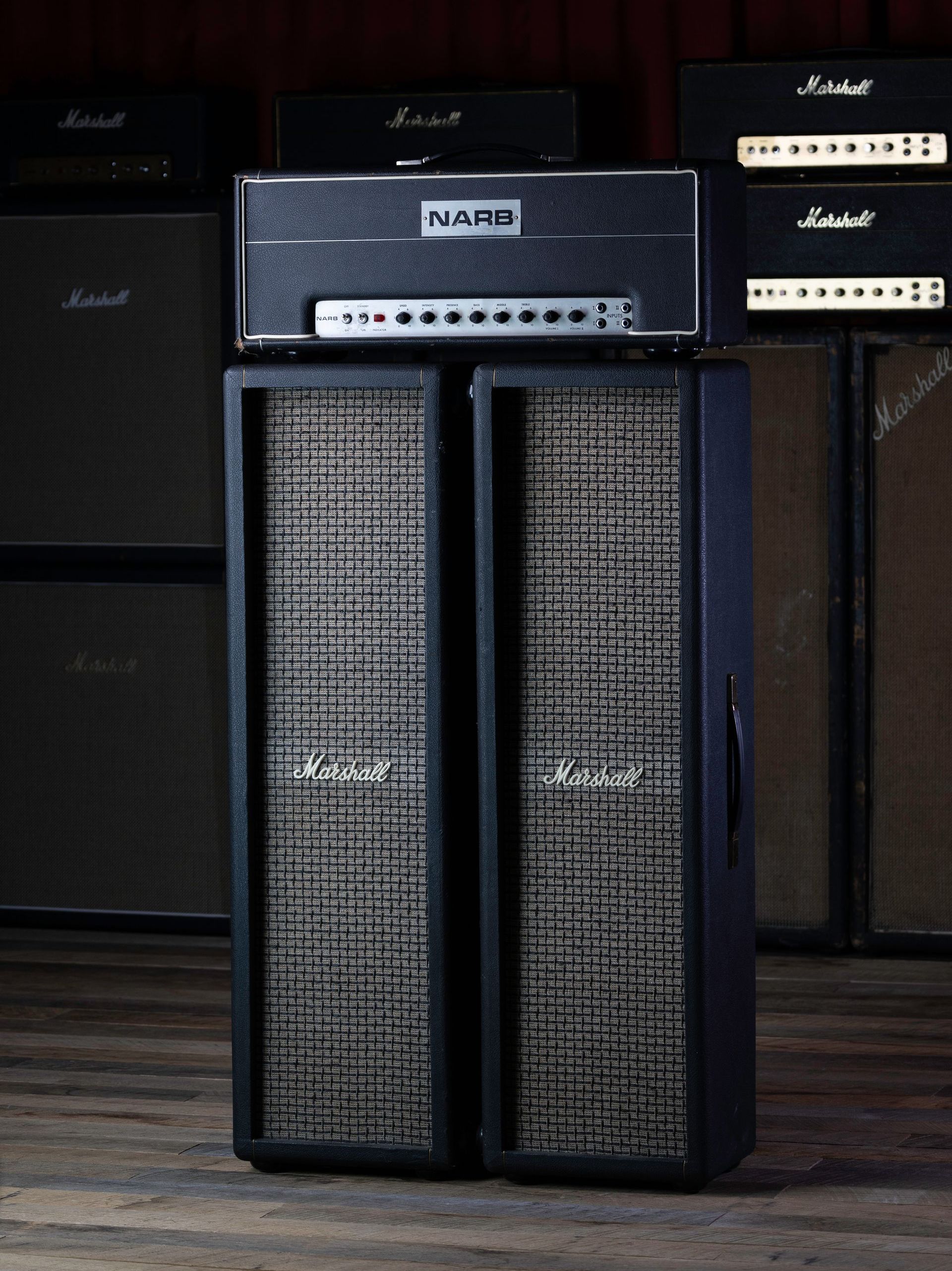
Rarity and Collectibility
Only a handful of NARB amps were ever produced, making them exceedingly rare. Serial number 14, for instance, is one of just 14 units made. Their scarcity, combined with their unique backstory and exceptional tone, has made NARB amps highly sought after by collectors.
One notable example is the NARB Tremolo 100 housed here at Scruff’s Vintage Guitars, which remains in impressively original condition, except for some replaced electrolytic capacitors.
Legacy: A Testament to Tone Over Branding
In the end, Ken Bran's experiment proved that while branding plays a role, the quality of sound is paramount. Although NARB amps didn't achieve commercial success—largely due to their limited production—they stand as a testament to the idea that great tone transcends labels.
For those fortunate enough to encounter a NARB amp, it's not just an amplifier; it's a piece of rock history and a symbol of the enduring quest for the perfect sound.
Photos and amp courtesy of Tucker Beirne/Scruff’s Vintage Guitars.
